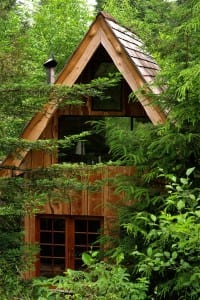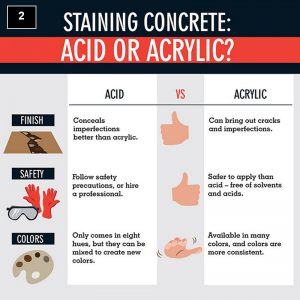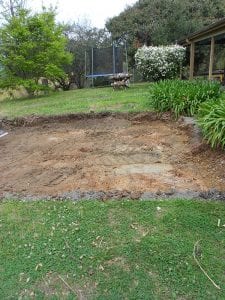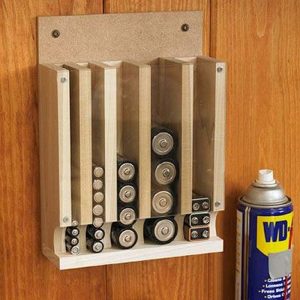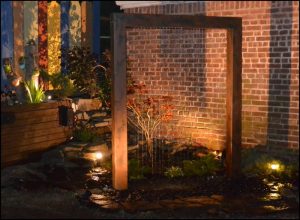Last Updated on June 25, 2024 by teamobn
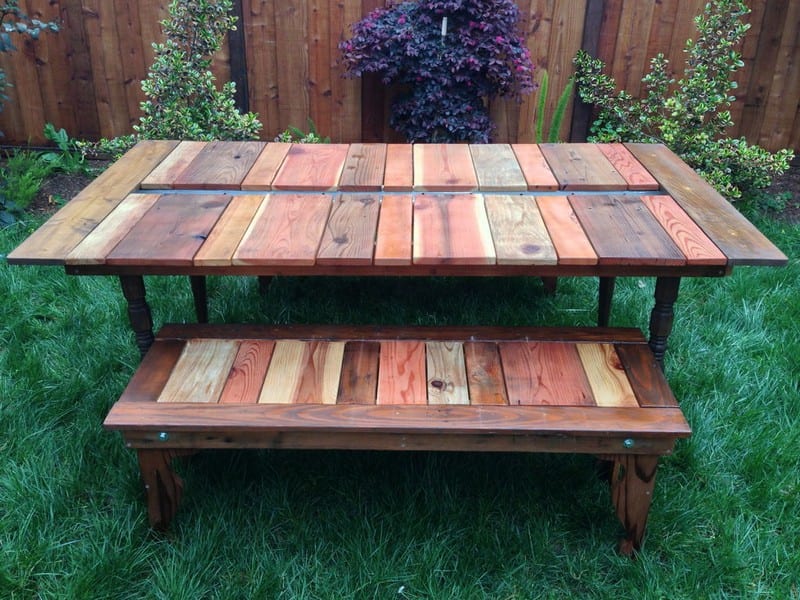
Regardless of the size of your garden, patio, or backyard, it’s difficult to decide what furniture you might need outdoors. There’s always something you’re bound to overlook. That’s why versatility is one of the prerequisites of excellent design in outdoor furniture these days
That sounds like a real challenge, true. But you’d be surprised by how much you can achieve with a little creativity and an eye for repurposing old material.
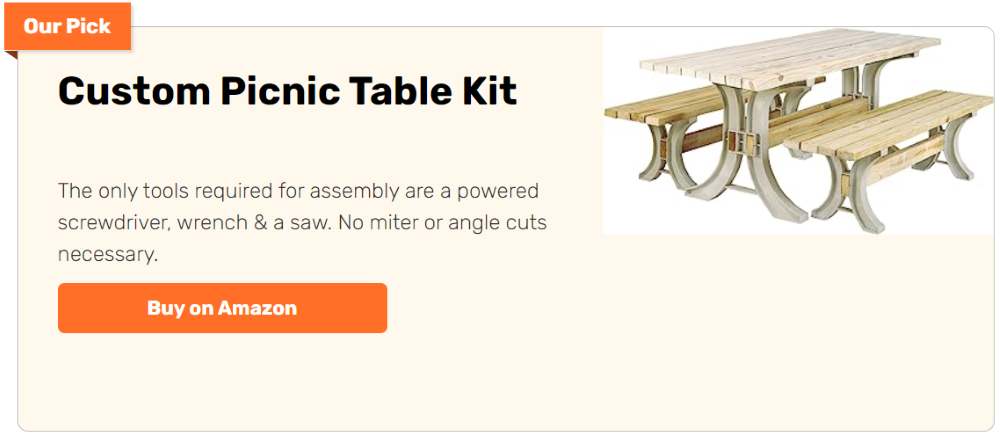
Reclaimed timber… built-in cooler and a planter! What more could you ask for to have an awesome outdoor setting? You’ll find this picnic table with planter handy when entertaining outdoors. The built-in cooler will keep food and drinks chilled. Isn’t this the perfect table for summer?
And when not used to hold cold drinks, you can turn it into a table with planter for a living centrepiece. Use it to plant succulents, or herbs so you have fresh ones to go with your food.

This picnic table won’t cost you a lot as it is made from reclaimed timber, and salvaged table legs. Depending on the spare time you have, you can finish this picnic table with planter project at a weekend if you have all the needed materials.
Click on any image to start the lightbox display. Use your Esc key to close the lightbox. You can also view the images as a slideshow if you prefer.





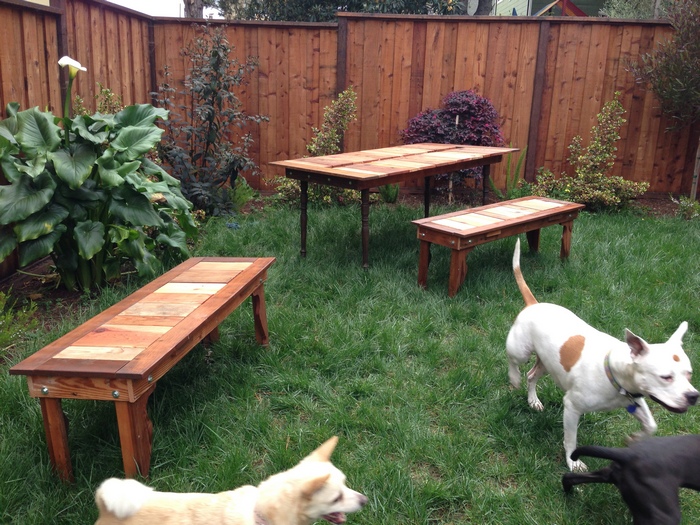
Contents
Building a Picnic Table With Planter
Materials
- 1” thick Reclaimed Wood
- 2” thick Reclaimed Wood
- 1 box 1-1/4” Deck Screws
- 1 box 2” Deck Screws
- 1 box 1-1/2” Nails
- 8 pieces Bolts
- 8 pieces of Nuts
- 16 pieces Washers
- Metal Plates
- Wood Glue
- 6 ft long Sheet Metal/Gutter
- Spray-on Indoor-Outdoor Finish
Tools
- Nail Gun
- Table Saw
- Palm Sander
- Drill
- Clamps
Table Structure
2 Inner Aprons
- 4 pieces 1x4x64 1/2″ – long apron
- 4 pieces 1x4x10″ – short inner end pieces of the apron
- 4 pieces 2x4x10″ – table leg supports
2 Outer Aprons
- 2 pieces 1x4x25″ – outer end pieces of the apron
- 2 pieces 1x any width x41″ – long tabletop slats
Steps
The first thing to do for this table with planter project is to look for some (free) wood. They do not have to be of the same colour and sizes, but of course, you would want to go for the approximate 1″ and 2″ thick pieces.
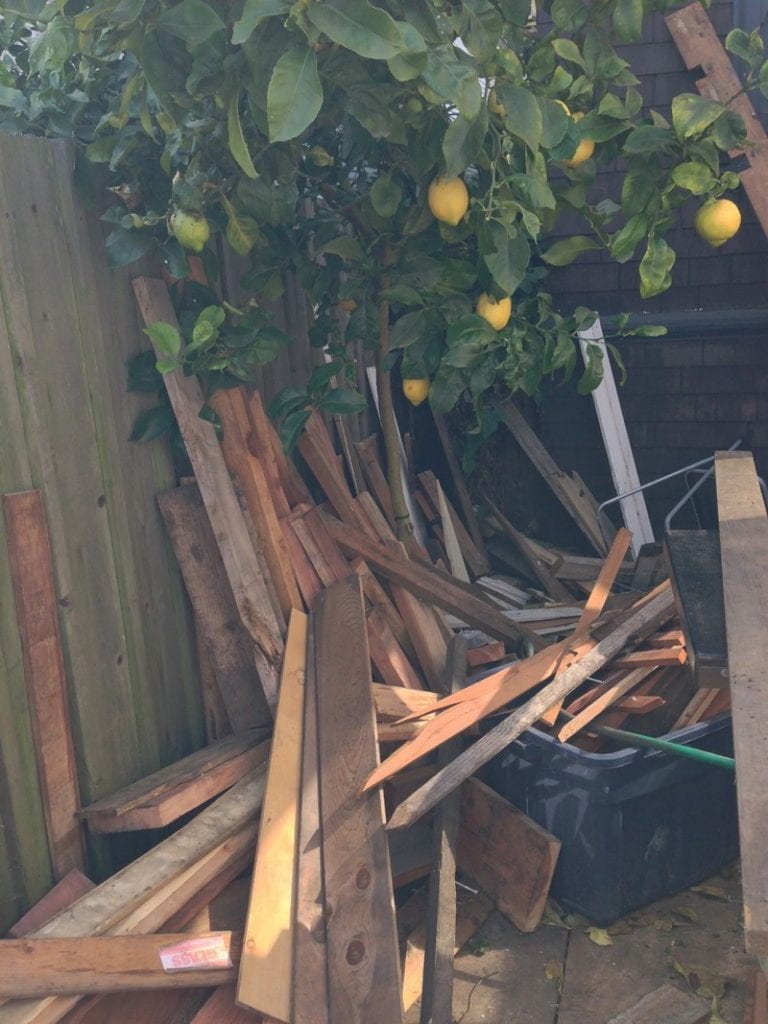
Before doing some cutting, lay out the wood pieces for your picnic table with planter until you are happy with the arrangement of colours and width. Label each piece with small numbers so you know how to assemble it again later.

And on to the table saw! To cut all pieces of your picnic table with planter to the same size, you can use a scrap wood clamped at the end of your table to use as a guide. In determining your measurement, you might want to take note of having some extra inch for an overhang in the middle of your table, if you desire. This should cover the ugly parts of your gutter installation.

Polish all pieces of the picnic table with planter by using a palm sander. Make sure to go through all sides/faces and edges of the wood piece. If you have access to a planer or jointer, then this task will be done faster.

It would be wise to coat the pieces with your chosen finish for your picnic table with planter at this point. This way you’ll be sure that even the hard-to-reach spots, once installed, are already nicely coated.
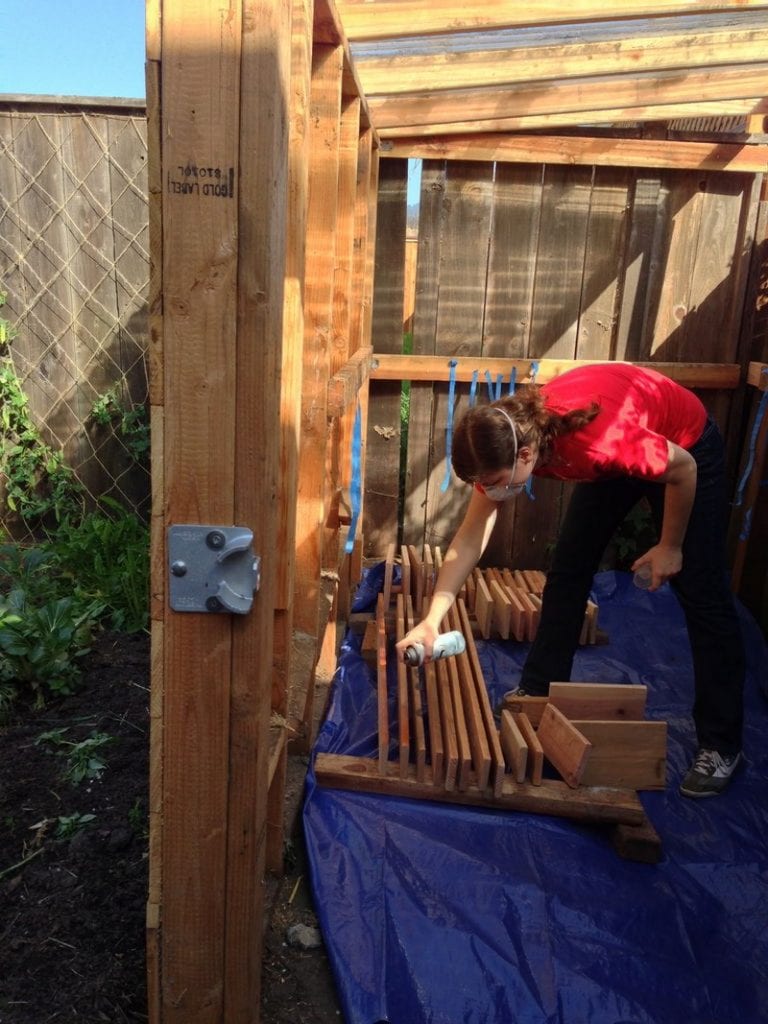
Now you are ready to assemble the parts of your picnic table with planter. The picture below shows the inner aprons, with dimensions according to preference.
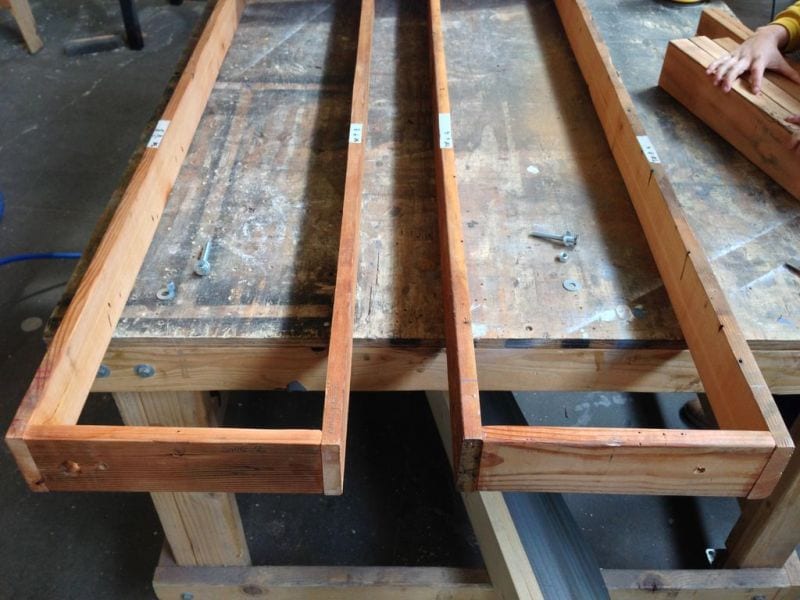
And this photo here shows one of the two outer aprons.
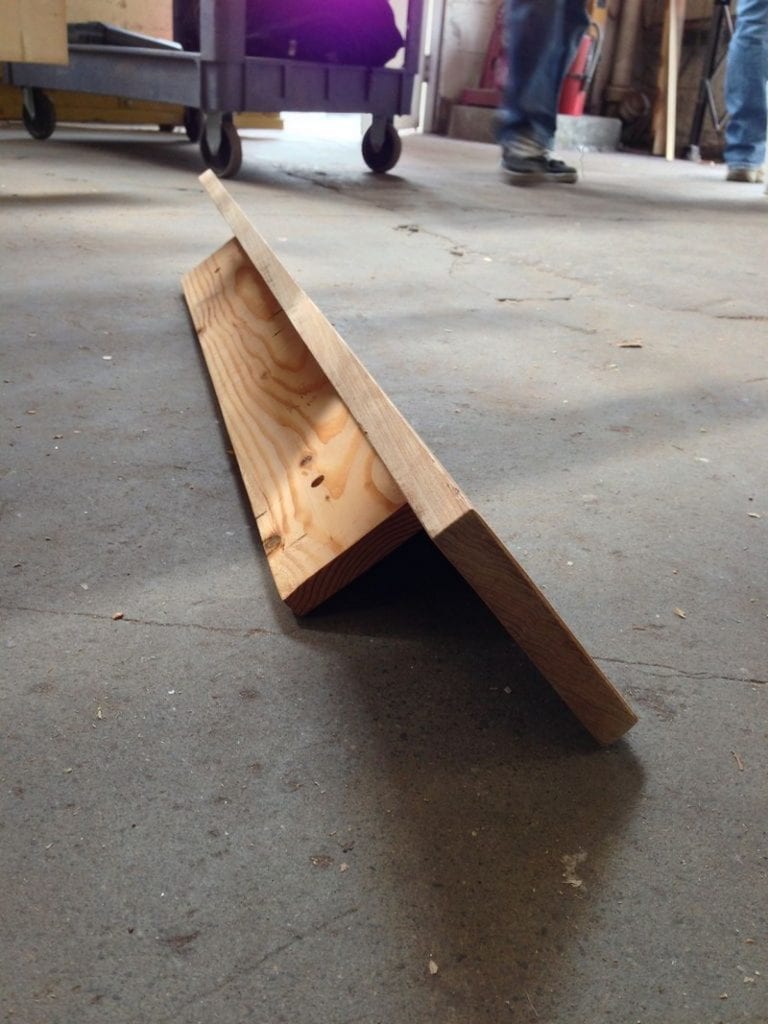
Here you’ll see the aprons put together. The longer piece of the outer aprons is also the end slat of your picnic table with planter. The inner aprons have a gap in between them, where the gutter will be later on.

This is the view from under the structure.
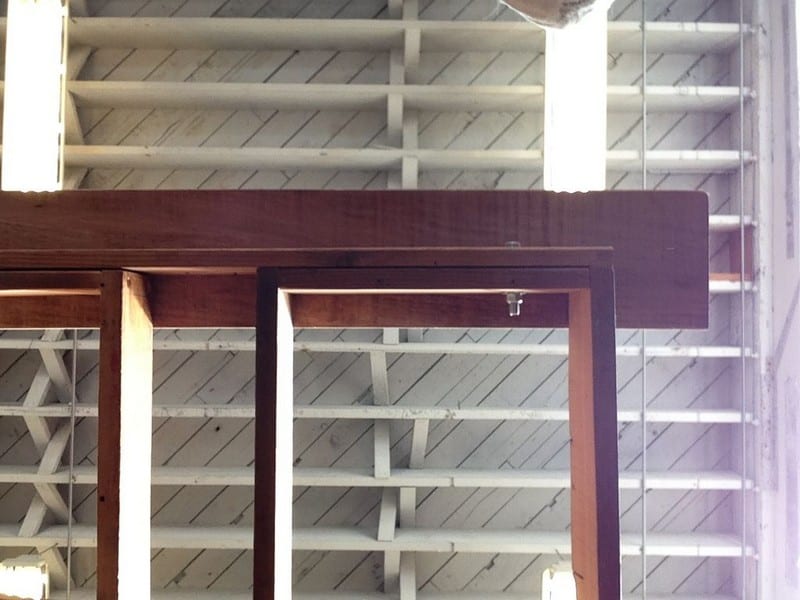
Once you see that everything fits well, you can deal with the gutter. Measure and cut as needed. Don’t forget to make small holes so excess water can drip. You can take the structure apart again and then screw the gutter in place.

You would also want to screw some metal plates in the middle of your outer aprons (where the gap is) to prevent wood rotting.
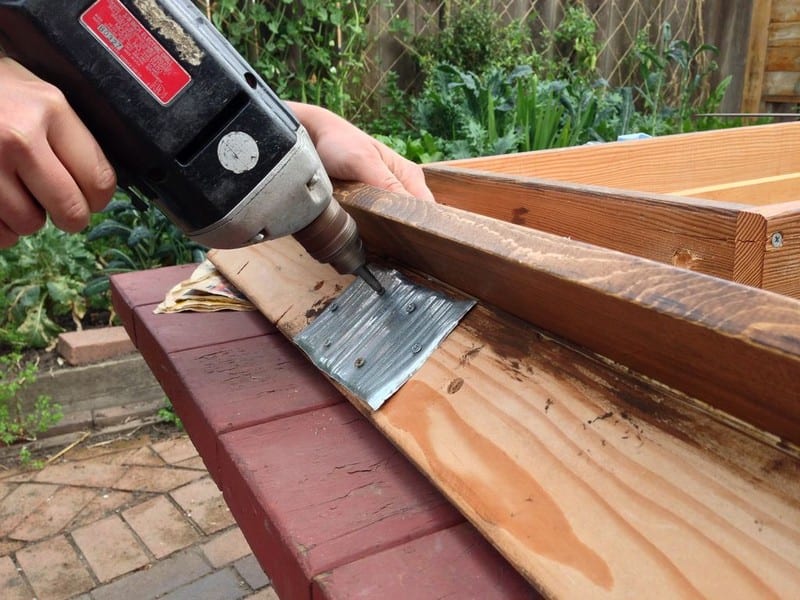
In this particular project, the table legs were bought at a discount store that came with metal plates and machine screws on it for easy assembly/dis-assembly.

Four scrap wood pieces were used where the metal plates are mounted. These were then attached to the inner aprons.
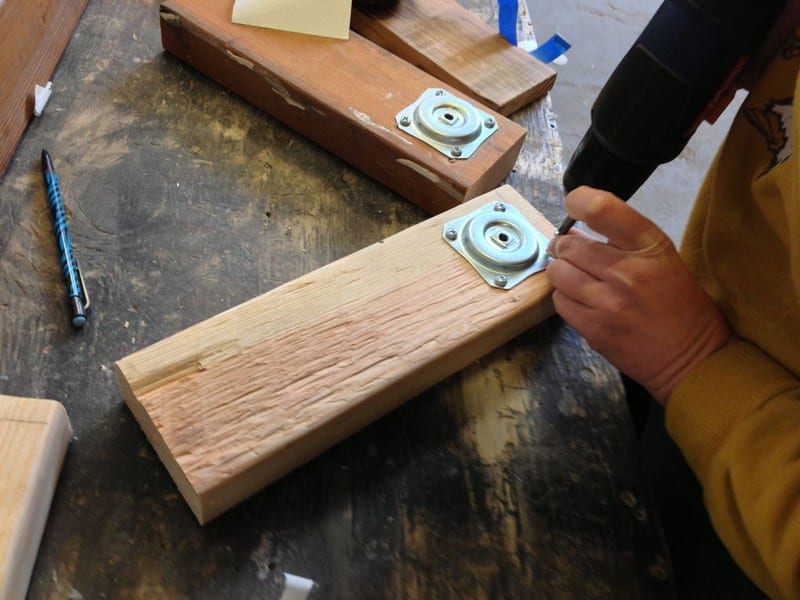
Now you’re almost done. You just need to drill the other tabletop slats in place. Lay them out once again to make sure that the pieces fit perfectly. Use a thin spacer – anything – for even gaps between the slats. You might need to cut one or two pieces again for some adjustments. Don’t forget to sand and coat them again as well. Work one side at a time. Place your spacer, apply wood glue, and put the slat in place. Repeat these steps until you reach the end. Then drill to permanently put them in place.

And you’re done with your picnic table!

Thanks to quitethecontrary for the great idea.
Benefits of Using Reclaimed Wood
Reclaimed wood has gained popularity in recent years for its aesthetic appeal and environmental benefits. When crafting a project like a picnic table with planter, opting for reclaimed wood not only enhances the beauty of the piece but also contributes positively to the environment. Here are some key benefits of using reclaimed wood.
Environmental Sustainability
Using reclaimed wood for your picnic table with planter helps reduce the demand for new timber. This practice helps preserve forests and reduces deforestation. By repurposing old wood, you also decrease the amount of waste that ends up in landfills, making it an eco-friendly choice.
Unique Aesthetic Appeal
Reclaimed wood offers a distinct and unique look that new wood cannot match. Each piece of reclaimed wood has its own history, with unique grain patterns, knots, and textures that add character to your picnic table with planter. This uniqueness ensures that no two projects are exactly alike, giving your outdoor furniture a one-of-a-kind charm.
Durability and Strength
Older wood is often denser and more durable than new timber because it was harvested from mature trees. When used in a picnic table with planter, this durability translates to a sturdy and long-lasting piece of furniture. Reclaimed wood has already withstood the test of time, making it less likely to warp or crack.
Cost-Effective
Using reclaimed wood can be cost-effective, especially if you source it from local salvage yards or receive it as leftover materials from other projects. This can significantly lower the cost of building your picnic table with planter compared to purchasing new, high-quality lumber.
Historical Significance
Each piece of reclaimed wood carries its own story and history. Incorporating this wood into your picnic table with planter adds a sense of heritage and timelessness. Whether the wood comes from an old barn, factory, or ship, it brings a piece of history into your home.
Reduces Carbon Footprint
Reclaimed wood requires minimal processing compared to new timber, which involves logging, transportation, and milling. By choosing reclaimed wood for your picnic table with planter, you reduce the carbon footprint associated with producing new wood, contributing to a healthier planet.
Enhanced Character and Patina
Reclaimed wood develops a natural patina over time that new wood lacks. This weathered look adds depth and richness to your picnic table with planter. The aged appearance is difficult to replicate with new wood, making reclaimed wood a superior choice for a rustic and authentic look.
Supporting Local Economies
Purchasing reclaimed wood often supports local businesses and craftsmen who specialize in salvaging and repurposing materials. By choosing reclaimed wood for your picnic table with planter, you contribute to the local economy and promote sustainable practices within your community.
Less Chemical Treatment
Reclaimed wood typically undergoes fewer chemical treatments than new wood. This means that your picnic table with planter will likely have fewer toxic chemicals, making it a safer choice for your family and the environment. Less chemical exposure also means a healthier garden area, especially if you plant edibles in the built-in planter.
Creative Inspiration
Working with reclaimed wood can spark creativity and innovation. The unique sizes, shapes, and characteristics of the wood challenge you to think outside the box and design a truly unique picnic table with planter. This creative process can be both rewarding and inspiring, leading to a more personal and satisfying DIY project.
Connection to the Past
Using reclaimed wood in your picnic table with planter connects you to the past in a tangible way. The wood’s previous life as part of a different structure or item adds a layer of history and storytelling to your furniture. This connection can make your outdoor space feel more meaningful and enriched with stories.
Incorporating reclaimed wood into your DIY projects, such as a picnic table with planter, not only creates beautiful and unique furniture but also supports sustainable practices and environmental conservation. It’s a win-win for your home and the planet.

